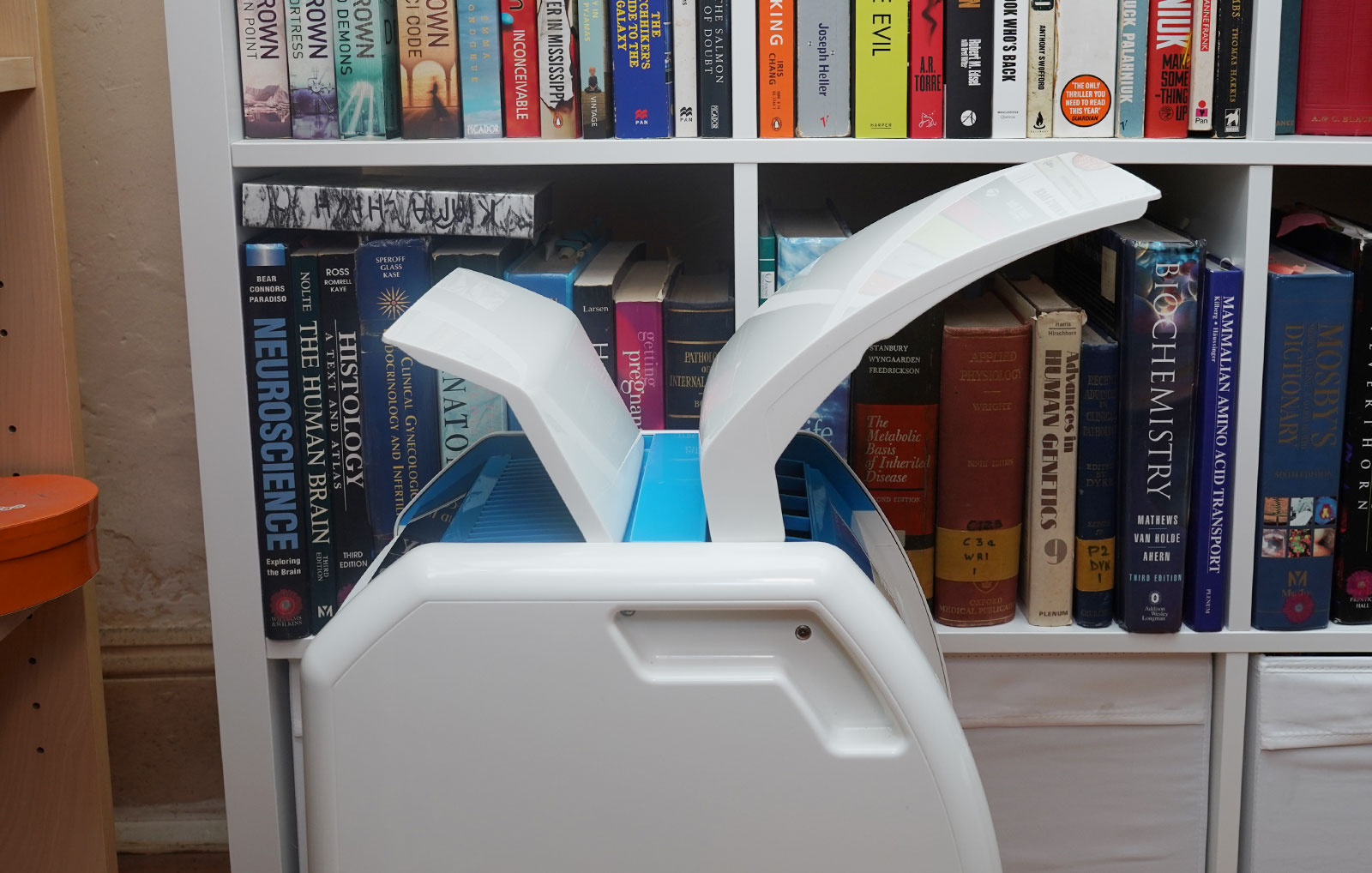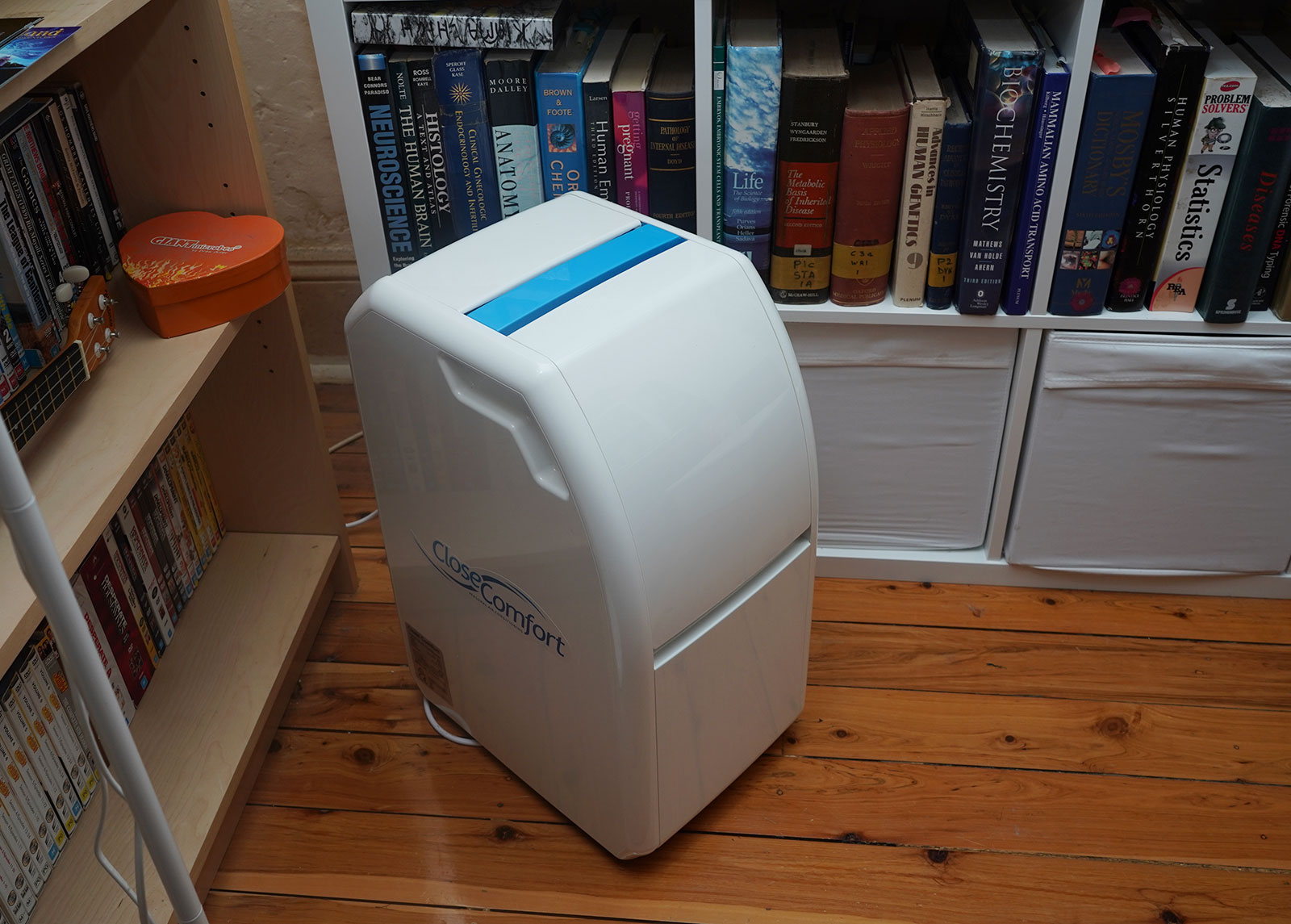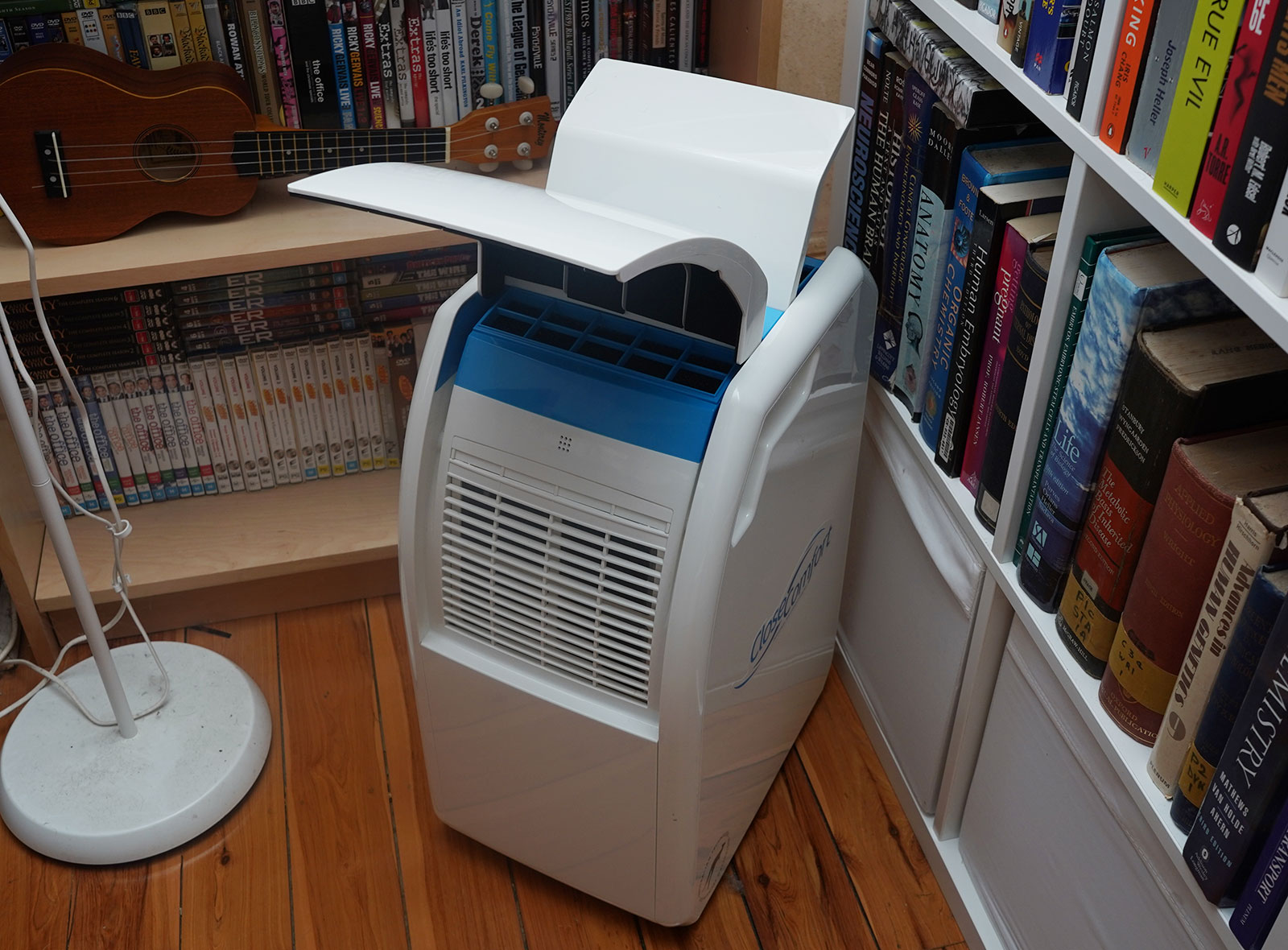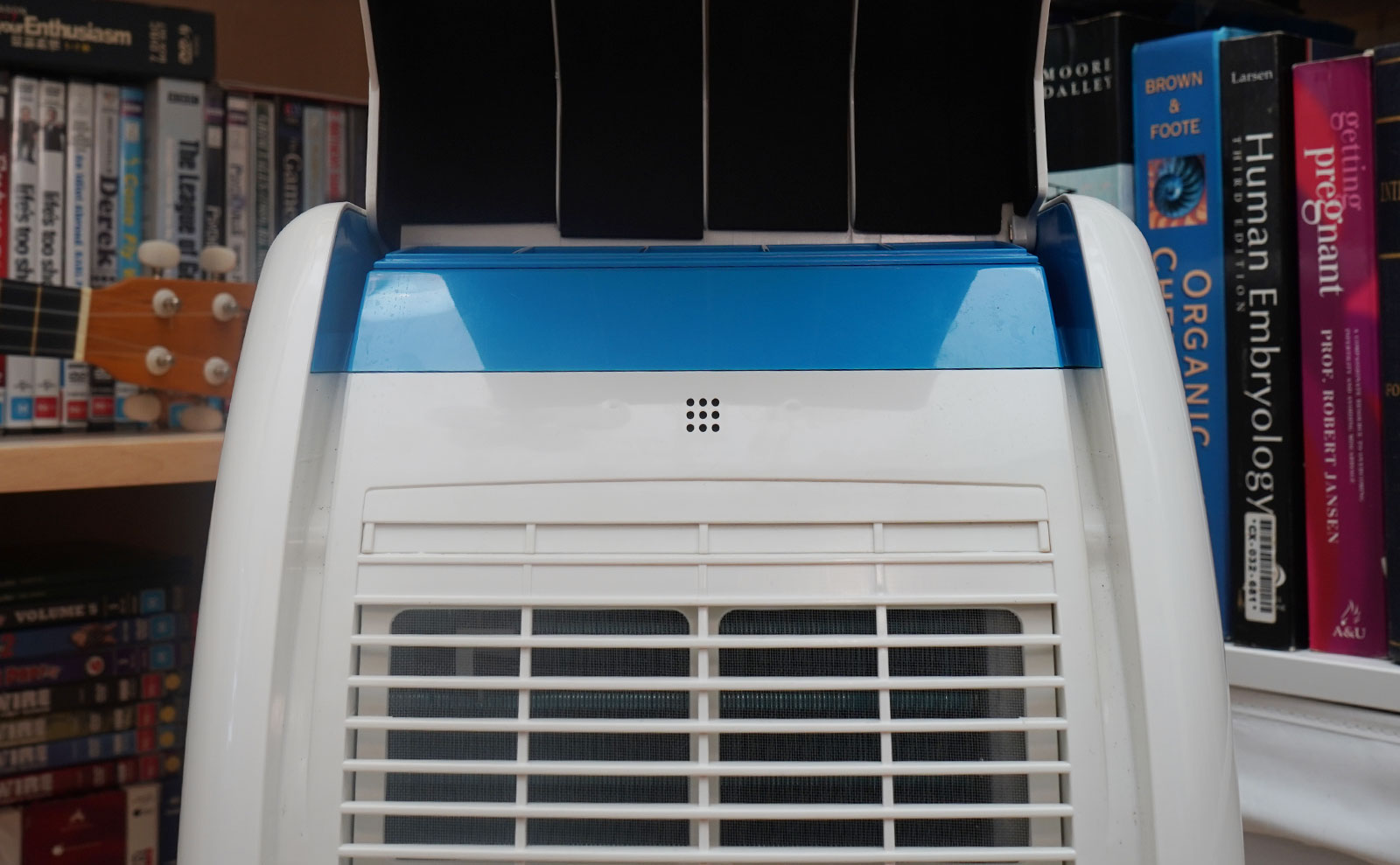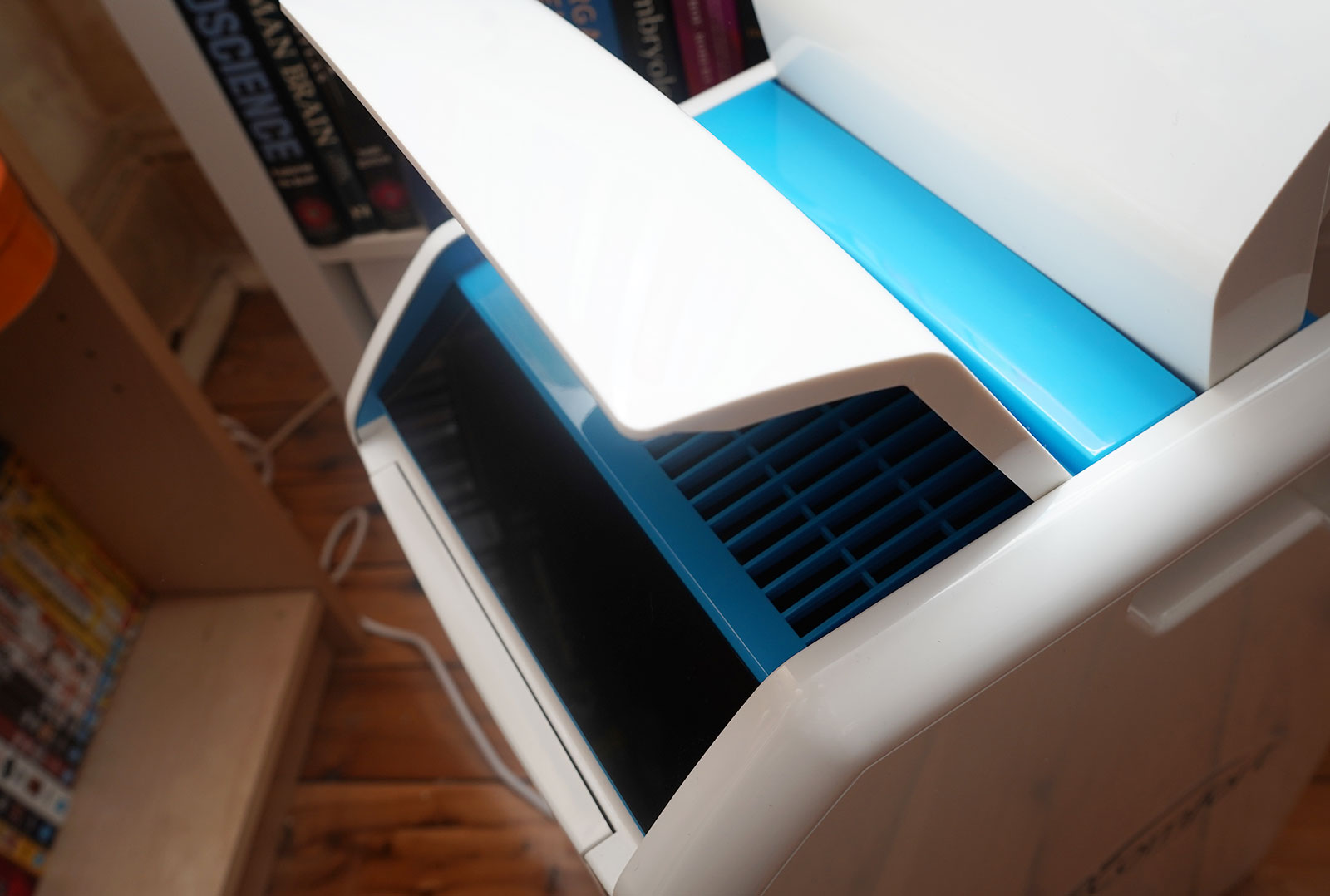Quick review
The good
The not-so-good
Keeping cool over the summer isn’t easy if you don’t have air conditioning, and for many Australians, that’s a reality they just don’t want to think about. Fans will only keep you so cool, and making a room feel colder is never easy when you lack the required hardware.
Whether it’s because you rent or simply that an air conditioner isn’t a priority, keeping cool can be very, very difficult.
An Aussie invention may be here to save the day, with the Close Comfort already changing things on the other side of the world in Pakistan, and now being brought to the place where its creator hails from.
Is the Close Comfort PC9+ your summer saviour?
Design and features
It may not look like much, but the Close Comfort PC9+ (or “PC9 Plus” depending on where you find it) is built to help. The large white box isn’t as heavy as its unwieldy shape would suggest, and it even has wheels on the bottom to help you roll it throughout your home.
That’s part and parcel of Close Comfort’s portable design, which is helped by the hand hold shapes on each side, and a small compartment at the back where you can store the cable for plugging it in.
One plug is all that’s needed for the Close Comfort PC9+ , with no need to vent the air with an external hose, thanks to two flaps on the top: at the back, a small panel opens up to let hot air out.
But we don’t want the hot air, so at the front is a longer panel that comes up a little higher and blows air out a little further, cold air specifically.
There’s a remote to control everything, and the maximum temperature it can go down to 17 degrees, making it a cooling device only, and an interesting one at that.
Performance
Understanding what makes the Close Comfort PC9+ work is pivotal to getting the most out of this air conditioner, because while it will condition the air, the Close Comfort PC9+ is not technically an air conditioner. Somewhere in between fan and air conditioner, it will cool air and send that breezing to your person, but if it’s in a room, it may also not make the impact you think it should.
Originally developed in Australia for use in Pakistan, the Close Comfort PC9+ was designed more as a room cooler for tents, and built to cool one attached to the cooling vent at the front, expelling the warm air out of the back of the machine.
But because the PC9+ is built with a small amount of refrigerant, it has to send warm air out of its appliance, and that comes from the rear, which is also not so far from the front. In these circumstances, the tent made sense, because all of the cool air was coming out and being stored in the tent, cooling it down, while none of the warm air was being stored in that little tented room.
Unfortunately, that is very different from what occurs in a standard room.
Used inside of a home, the flaw in the Close Comfort design is both the cold conditioned air and the hot air are circulating in the same place, and that means the only cold air you get from the Close Comfort PC9 Plus is blown on you, not kept in the room and recirculated.
Instead, it is mixed with the hot air from the back, so in Australian homes — or any room that isn’t sealed off at the front of the PC9 Plus unit — the Close Comfort air conditioner will send cool air out the front, and yet mix it with the hot air it expels, and that means it may leave you feeling cool, but not the room.
Turn the Close Comfort on and everything is fine, but turn it off, and the feeling is fairly immediate, with mixed air that will make you wonder how the temperature is what it is when a cooling device like this has been switched on.
It’s hard not to call this design a little flawed, at least when used in a room you’re trying to cool down, because this appliance will not cool down a room. Yes, it will send out cold air, but it will only send cold air to you, and it will not make much of a difference to the room because of the air mixture and subsequent temperatures.
What needs work?
Because of that air mixture issue, if what you’re after is a cooler room, the Close Comfort PC9 Plus is not that appliance, and you may be better off going with a proper portable air conditioner with an air vent attached.
In some ways, it would have been better for Close Comfort to include an air vent extender for the back of the unit for its Australian release, and that would have at least made it possible to get that warm air out somewhere, maybe at a window. Given the $649 price tag the Close Comfort PC9+ comes with, it might even have made sense economically.
While portable air conditioning units tend to go for at least half the price of Close Comfort’s, the portability is often questionable, since the vent is a necessary evil. At least if it came with the option, you’d have two methods of using the system — vented or without — and you might even opt to bring the PC9+ on a camping trip, cooling your portable home down in much the same way as it was invented for.
But without that, it can feel like the Close Comfort PC9+ was made for one purpose, and we’re not necessarily sure homes are matched to that.
Final thoughts (TLDR)
We get what Close Comfort was trying to do, and when plugged into a portable home like a tent, it makes a lot of sense. But in the stone or brick or wooden walls of homes around the world where the rooms aren’t connected by holes big enough to swallow the entire appliance whole, it’s hard to recommend, especially for a $649 price tag.
In these sort of climates, a portable air conditioner may actually make more sense, even if the electricity requirements on that portable AC are much, much higher. Generally, when you want to cool down, the last thing you’re thinking of is electricity needs; rather, you’re thinking of how quickly you can cool down a room and keep it that way.
Renters across the country (and the world) without access to an air conditioner are thinking of this all the time, and as they watch the mercury rise and hit peaks that become scarily hot, cooling down a room in the most portable fashion is definitely high on the list of priorities. Sadly, Close Comfort’s PC9+ doesn’t provide salvation from the heat, unless it stays on until the heat drops, or you happen to live in a very small tent.
Our one suggestion for making the Close Comfort cooling unit work well is to set up a tent inside your home and plug it in that way. At least then you’ll be using the Close Comfort PC9+ the way it was intended, except in your home. Kinda.


